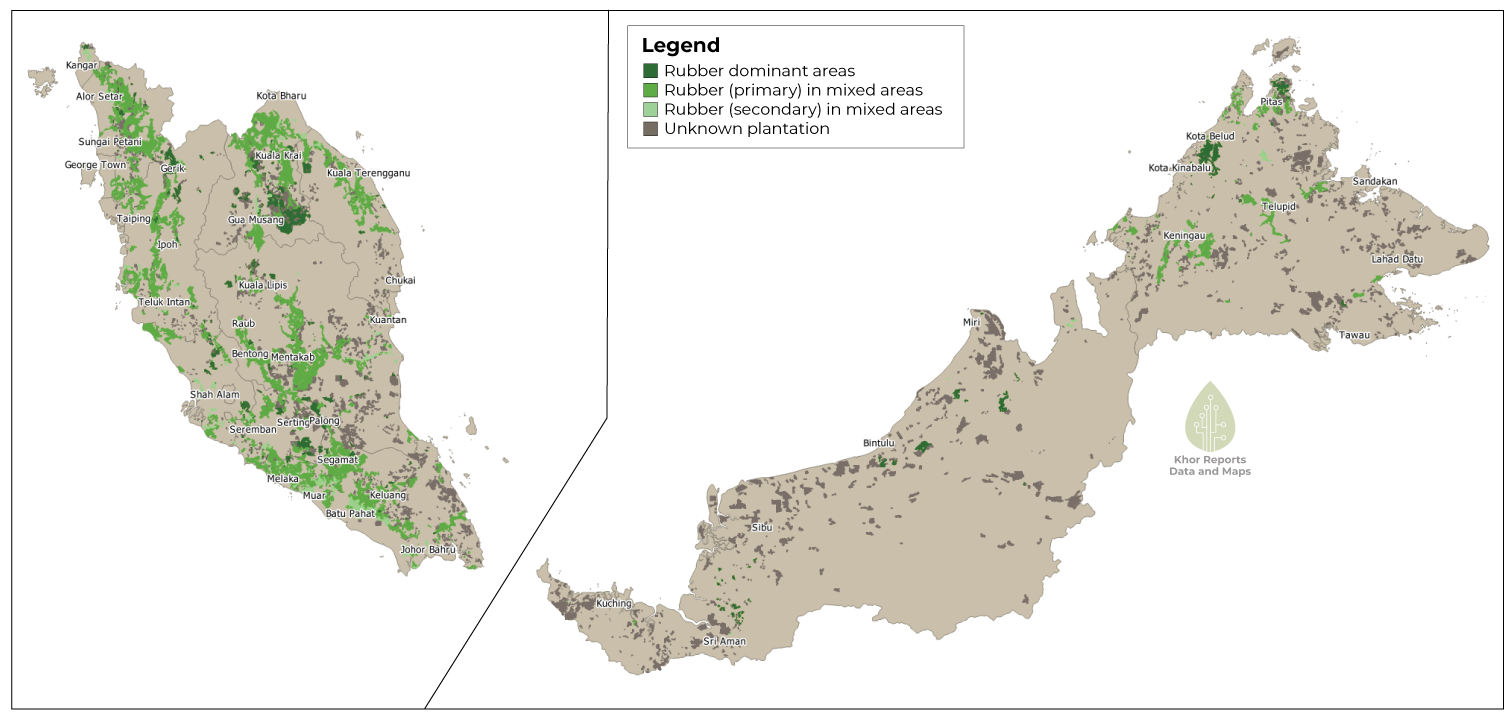Last Friday, Singaporean Finance Minister Lawrence Wong announced in his budget speech that the island nation’s carbon tax rate will be increased as part of Singapore’s efforts to reach net-zero emissions by or around 2050. At the moment, the current tax of S$5 per tonne of emissions will continue to be in force until 2023, and will be increased incrementally before reaching a rate of somewhere between S$50–80 per tonne by 2030. This was higher than initial expectations of a carbon tax increase to anywhere between S$10 and S$15 per tonne, with one expert, PwC’s Chris Woo, remarking “if we don’t tax that supply chain, another country will.”
Over at the EU, carbon prices on its emission trading scheme (ETS) have risen beyond expectations over the past year. This has prompted calls for authorities to address design flaws in the ETS, with recommendations from the European Green Party and Potsdam Institute for Climate Impact Research including reforms aimed at curbing excessive financial speculation. Traders are now reportedly becoming wary following the European Commission agreeing to look into ways to make trading activities more transparent.
From Trading Economics (accessed 21 Feb 2022): “EU carbon permits traded close to €90, down from a record €98.5 reached on February 8th, following news that EU lawmakers were mulling key reforms in the bloc’s carbon market, and higher energy output from non-polluting sources.”
In Malaysia, eyes are now on how national policy and regulators will deal with the Sabah state government’s proposal for the National Conservation Agreement (NCA), a 100-year mega carbon asset concession project in collaboration with Singaporean-based company Hoch Standard Pte Ltd. Social media is alight with the purportedly leaked document of the aforementioned agreement, with interesting comments—including remarks on the statement made by the Sabah Deputy Chief Minister just last week—from investigative website Sarawak Report.
On that note, the Sarawak government has also announced intentions to venture into a carbon credit project, with Mambong assemblyman Dr Jerip Susil revealing that the state may pass a legislation allowing for carbon credits trading to take place this year. In the meantime, the Malaysian government has agreed to the development of a Voluntary Carbon Markets to facilitate international carbon credit transactions.
















